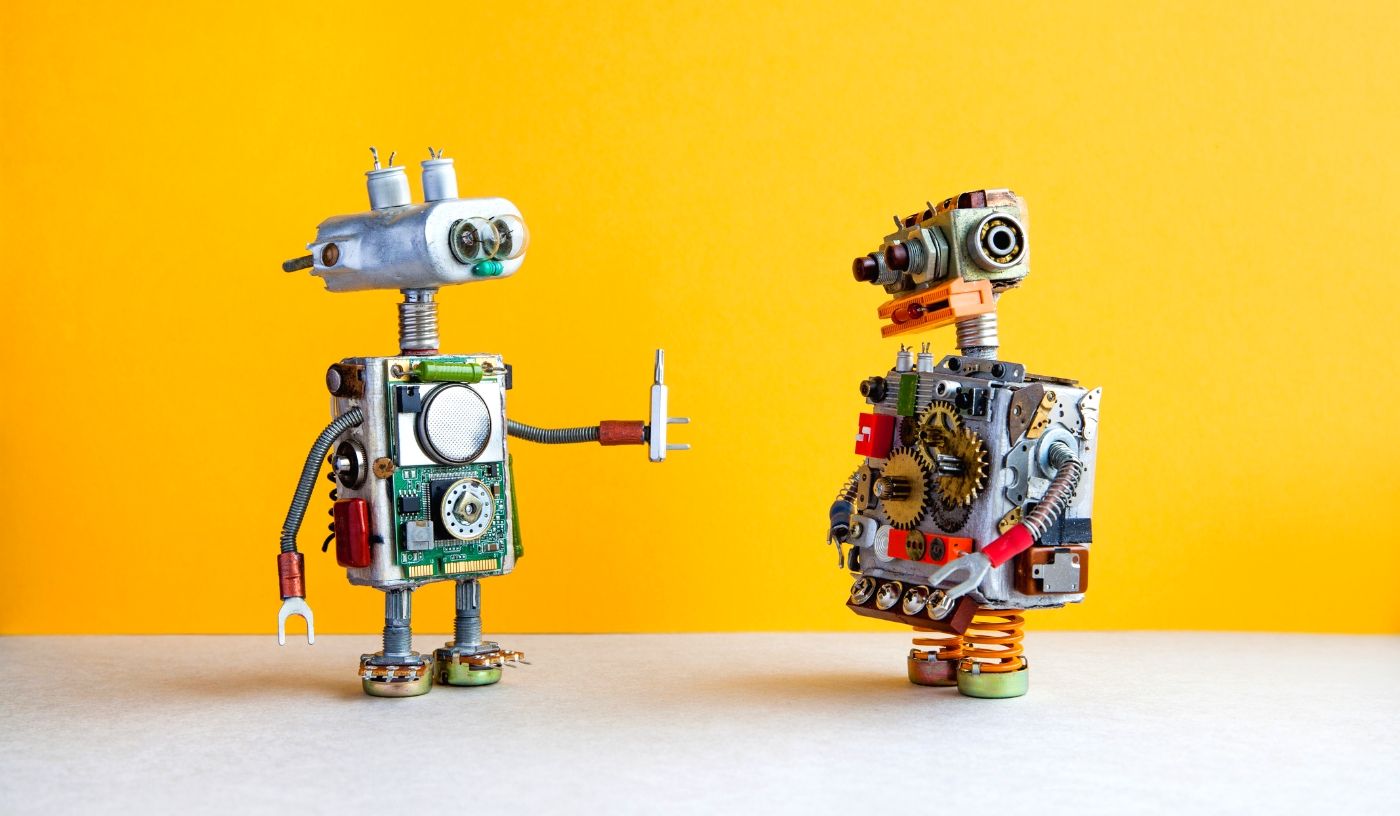Customer Service matters for Startups
I noticed a recent post by Yurrii Rebryk, founder...
Check out our latest update on our consumer platform here!
Published on 1 Apr 2025
Customer service has undergone a remarkable transformation in recent decades. What began as simple person-to-person interactions has evolved into complex...

Customer service has undergone a remarkable transformation in recent decades. What began as simple person-to-person interactions has evolved into complex systems where artificial intelligence plays an increasingly central role. This evolution can be understood through four distinct stages, each representing a fundamental shift in how businesses engage with their customers.
Customer service originally centered around direct human contact. Call centers became the primary touchpoint between companies and their customers, with trained representatives handling inquiries, resolving issues, and providing support. This approach leveraged uniquely human qualities—empathy, adaptability, and creative problem-solving—but it also carried significant limitations. Companies struggled with high operational costs, inconsistent service quality, and the challenge of meeting customer expectations for availability. Representatives often found themselves performing repetitive tasks, leading to burnout and high turnover rates. Despite these challenges, human-centered service established the foundation upon which all future innovation would build.
Key elements to consider for stage 1:
In the recent HumanX conference in Vegas last month, one of the founders of the conference made the point that we’re in the transition from humans calling bots to bots calling humans. I see this as the second big stage.
The introduction of chatbots and virtual assistants marked a critical turning point in customer service evolution. For the first time, customers could receive immediate responses at any hour, dramatically expanding service availability while reducing operational costs. Early implementations often frustrated users with rigid conversation flows and limited capabilities, but rapid advances in natural language processing have steadily narrowed the gap between human and automated interactions. This stage represents a hybrid model where automation handles routine inquiries while human agents focus on complex issues requiring judgment and empathy. Organizations implementing this model have reported significant efficiency gains, with some businesses reducing call volumes by up to 70% while simultaneously improving customer satisfaction scores.
Key elements to consider for stage 2:
The third stage represents a fundamental shift from reactive to proactive service. Instead of waiting for customers to initiate contact, AI systems began reaching out with timely, contextual communications. Medication reminders, appointment notifications, and service updates delivered through automated channels have transformed the customer experience across industries. Healthcare providers implementing proactive outreach have seen significant reductions in missed appointments, while financial institutions use similar approaches to prevent fraud and alert customers to unusual account activity. This transition requires sophisticated data integration and careful attention to privacy concerns, but the benefits are compelling. By anticipating needs and preventing problems before they occur, proactive service creates value that reactive models simply cannot match.
Key elements to consider for stage 3:
We now stand at the threshold of the most transformative stage in customer service evolution—the development of autonomous service ecosystems where bots communicate directly with other bots to fulfill customer needs without human intervention. Imagine a healthcare system where your doctor’s bot instructs the pharmacy bot to prepare your prescription, which then coordinates with a delivery service bot to ensure it arrives at your home precisely when needed. This end-to-end automation promises unprecedented efficiency and convenience, potentially eliminating entire categories of service friction. Early implementations in industries like logistics and financial services demonstrate the potential, with transaction times reduced from days to seconds. However, this new frontier brings significant challenges in system governance, error management, and ethical oversight. As these systems grow more sophisticated, the role of customer service professionals will evolve from direct task execution to system orchestration and exception handling.
Key elements to consider for stage 4:
This evolutionary progression carries profound implications for both service providers and recipients. For businesses, each stage requires significant technological investment but offers corresponding efficiency gains and competitive advantages. Organizations that successfully navigate these transitions can simultaneously reduce costs and improve service quality—a combination previously thought impossible. For consumers, the evolution promises greater convenience, personalization, and proactive support, though potentially at the cost of human connection and privacy. The most successful implementations will thoughtfully balance automation with human touch, using each channel for what it does best.
Perhaps the most intriguing aspect of this evolution is how it may ultimately elevate the importance of human connection rather than diminish it. As routine interactions become automated, human service interactions become more meaningful and impactful. Customer service professionals will increasingly focus on complex problem-solving, relationship building, and emotional support—areas where human capabilities remain unmatched. The future of customer service isn’t about replacing humans with bots, but about creating integrated systems that amplify human capabilities while eliminating friction points that frustrate both customers and service providers.
As we look toward this automated future, the organizations that thrive will be those that recognize customer service not merely as a function to be optimized but as a key differentiator in an increasingly competitive landscape. By thoughtfully implementing each stage of this evolution while maintaining a clear focus on customer needs, businesses can transform service from a cost center into a powerful driver of customer loyalty and business growth.
